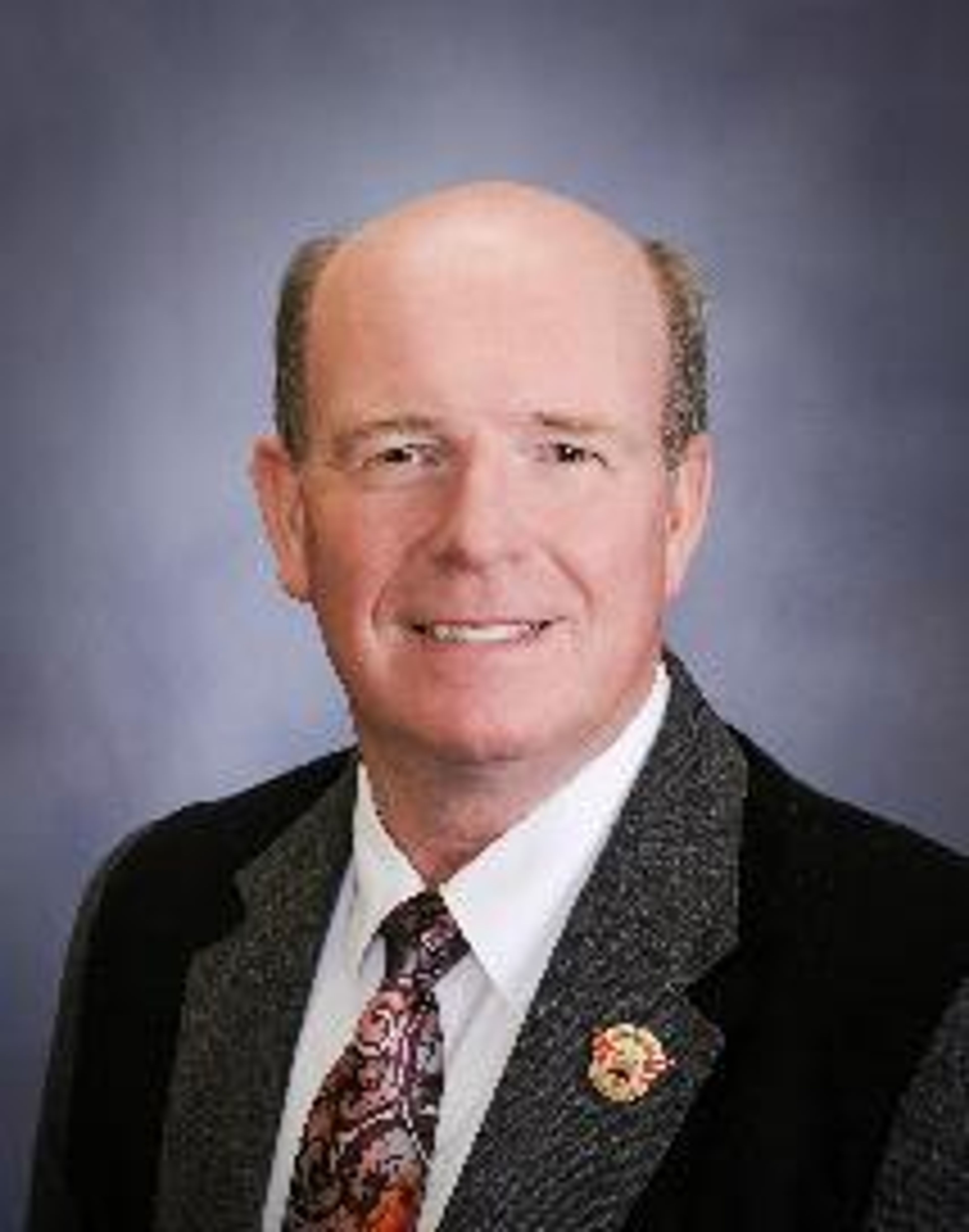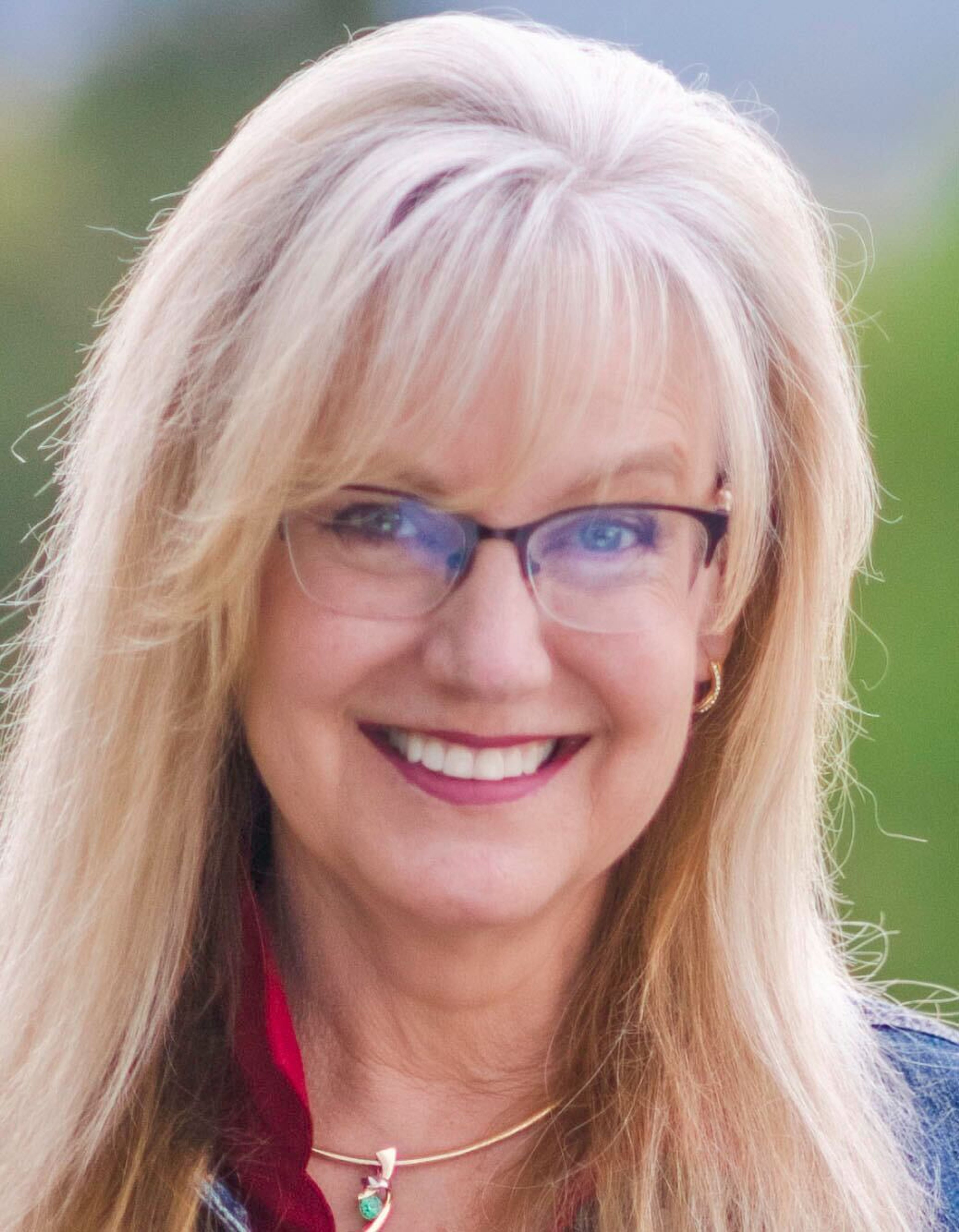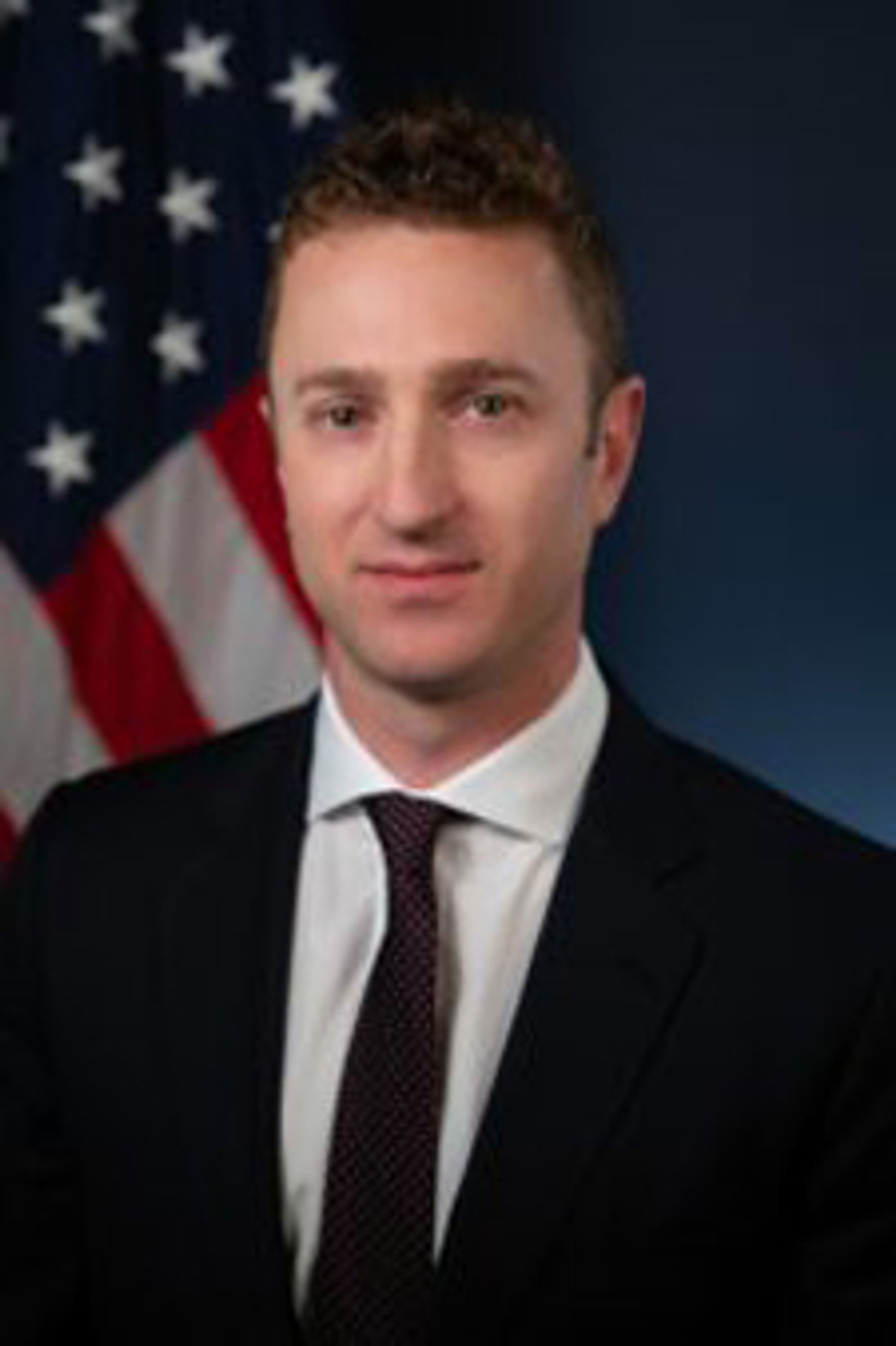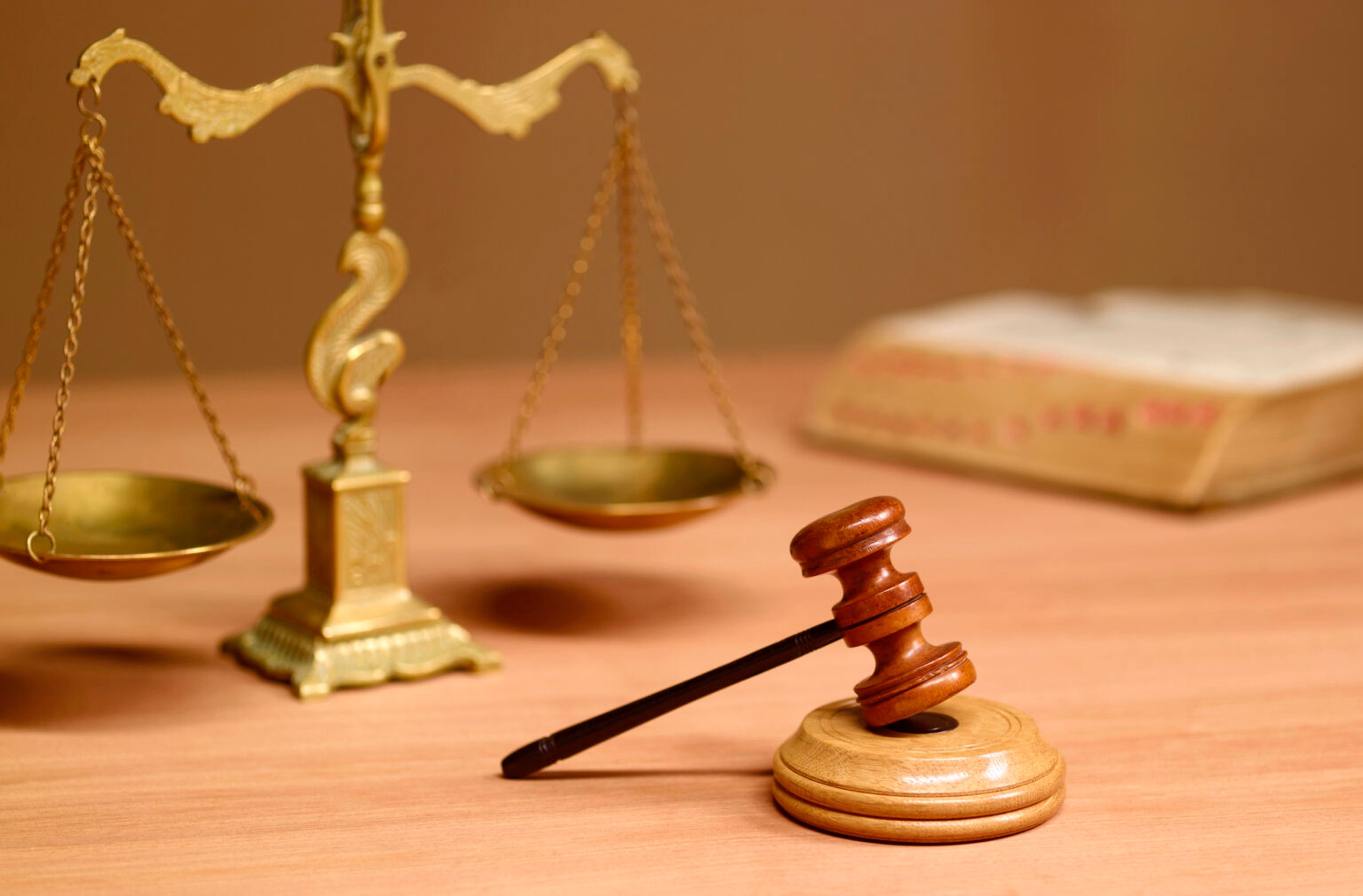From heat to flames, Washington fire season worst in state history
Not only was the Evergreen State forced to deal with its worst wildfire in state history, but July was the hottest month in Washington since Washington State University's AgWeatherNet started tracking data back in 1989.
AgWeatherNet, or AWN, has been keeping track of the weather for 25 years, and only one year has come close to the heat of summer 2014 - which beat out 1998 by one degree.
In Pullman, the average high in July was 87.4 degrees, compared to an average of 85.3 degrees in 2013.
The heat did little to assist firefighters in extinguishing the blazes raging throughout the state.
Janet Pearce, communications manager for the Department of Natural Resources, said the recent cooler weather in August has helped the situation, but she doesn't expect smooth sailing until fire season officially ends Oct. 15.
"We could still have a few more," she said.
It's unlikely, however, any new spark could live up to the mass destruction caused by the Carlton Complex Fire, which burned across more than 400 square miles and consumed about 300 homes in and around the towns of Pateros and Malott.
The Washington State Incident Information System placed the ignition of the blaze, which began as four separate fires, at 2:30 p.m. July 14.
"The cause was a multitude of lightning strikes in various areas that started in bone-dry fuel and high temperatures. Winds more than 30 miles-an-hour came through, making it worse," Pearce said.
Fueled by grasses, timber, underbush, high temperatures and wind, the fires intensified July 17, and, on July 20, the Stokes Fire, the Gold Hikes Fire, the French Creek Fire and the Cougar Flat fire connected, forming the Carlton Complex Fire.
"The Carlton Complex Fire was the largest and worst in Washington's history," Pearce said. "The cost of suppressing this fire has already cost $36 million."
The fire was officially contained Monday, and cleanup work is underway, according to what officials said will be the last update.
Other lesser fires - including Upper Falls and Little Bridge Creek - are currently at 100 percent containment.
Shanon Quinn can be reached at (208) 883-4636 or by email at squinn@dnews.com.




